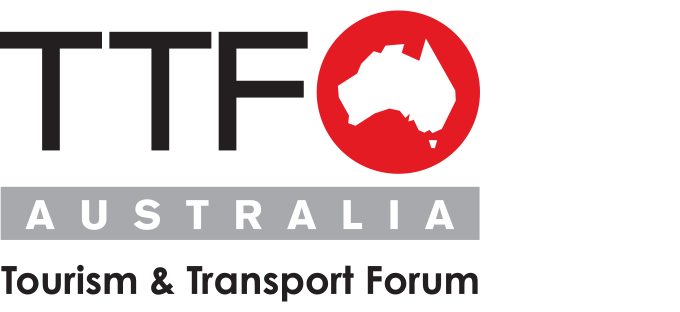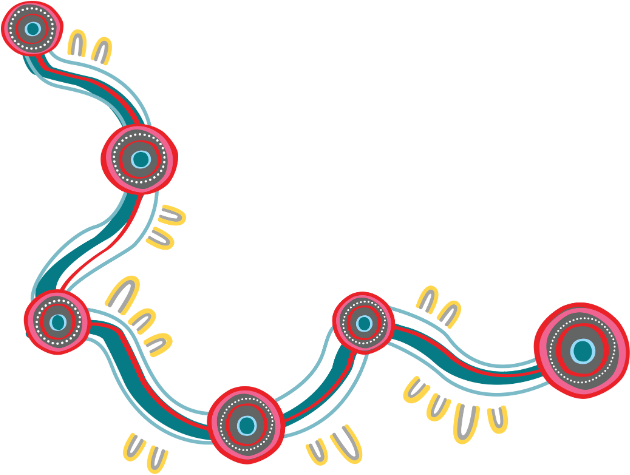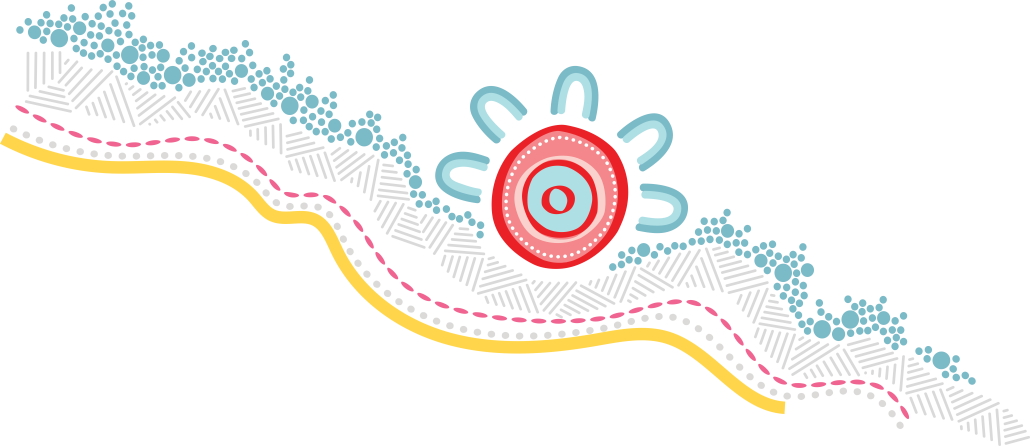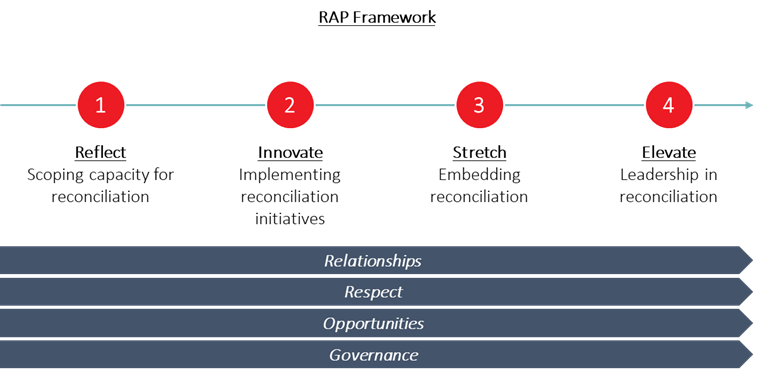The RAP program originated out of the wider societal movement towards reconciliation in Australia and represents institutional involvement in the process.
Reconciliation is a concept that involves all Australians. It is meant to represent a coming together of both sides as equals through discussion and understanding. Alongside the principles of self-determination and social justice, it is recognised as a critical component to overcoming inequality experienced by First Nations people in Australia.
The understanding of reconciliation in Australia has evolved over the last 30 years since the formation of the Council for Aboriginal Reconciliation in 1991. More recently, consensus has been built around the need for constitutional recognition as the next critical step in addressing systemic inequality.
Reconciliation Australia is the lead body for reconciliation, acting as an independent not-for-profit organisation. Its main activities include promoting and facilitating reconciliation among organisations, people, and policies. Through their work, they aim to involve all Australian communities and develop trust, respect, and relationships.
“At its heart, reconciliation is about strengthening relationships between Aboriginal and Torres Strait Islander peoples and non-Indigenous peoples, for the benefit of all Australians” – Reconciliation Australia
According to Reconciliation Australia, reconciliation today can be understood through five dimensions:





